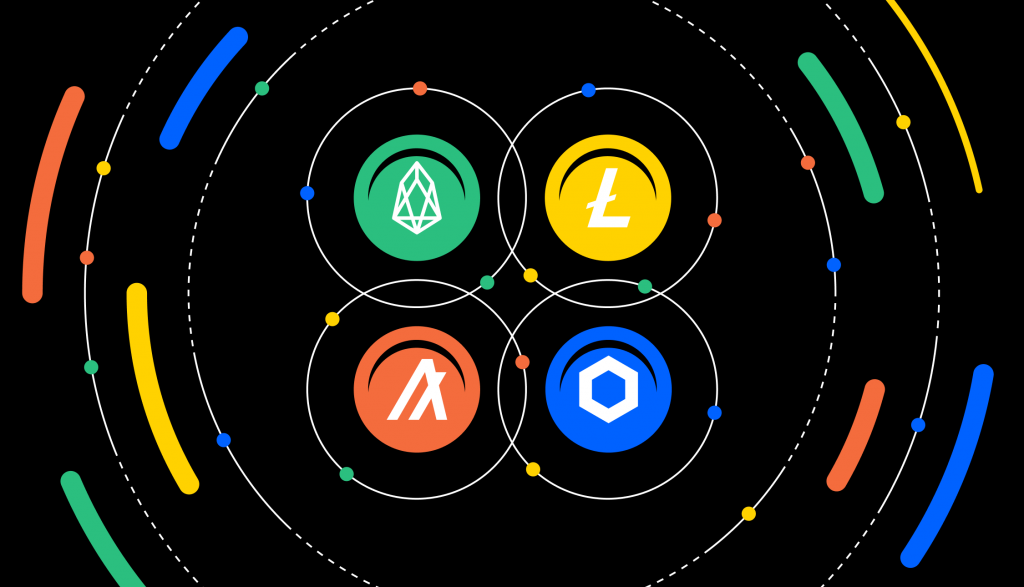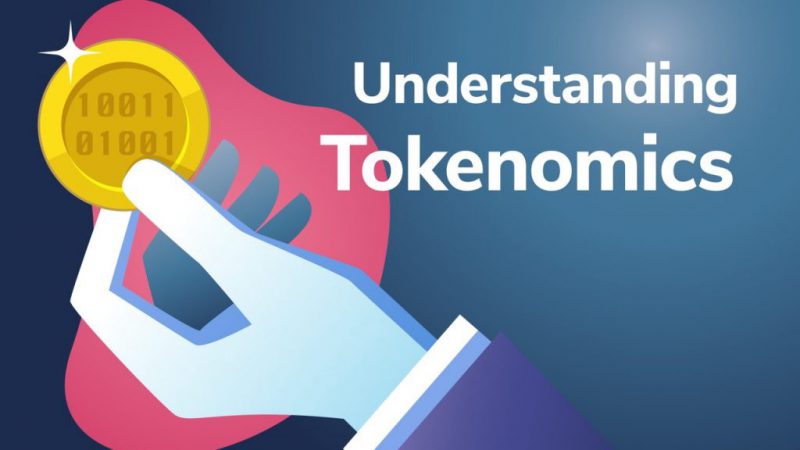Whether you are a seasoned cryptocurrency investor or a newbie in the space, you might have stumbled upon the term “Tokenomics.” If you are confused with the term and what it means, let us break it down for a simple understanding.
The term “tokenomics” describes the economics of a token or cryptocurrency. It is the examination of the production, transfer, and use of tokens in a particular cryptocurrency project.


Tokenomics in a nutshell
There are various aspects to look into before pouring funds into any cryptocurrency project. The whitepaper, the team behind it, the community, and the roadmap are all examples of this. However, another crucial component to look into is tokenomics.
Read more: Shiba Inu Holders Can Pay For Tuition With SHIB, Thanks to New Collaboration
Tokenomics stands as a crucial element that helps determine the future potential of the project. Since it determines the token’s value and utility within the network and has the potential to affect both the network’s and the token’s success, tokenomics is a crucial component of cryptocurrencies.


What are the key elements of tokenomics?
It covers a broad range of ideas, such as: token supply, token price, token economics, token utility, token incentives, and more. To put it plainly, tokenomics describes how a specific token is developed, distributed, and used. It also involves what rewards are offered to encourage holders to keep the token.
Read more: Baby Doge Coin Climbs 120% in 7 Days: How High Can it Go in February?
Token supply
Demand and supply are two critical factors affecting not only cryptocurrencies, but all goods in general. When it comes to supply, it encompasses maximum supply and circulating supply.
There are over 22,491 cryptocurrencies at present, according to data from CoinMarketCap. All these coins have different supplies. Some of them don’t have a maximum supply, whereas some of them have a limited supply.
Token utility
The utility is nothing but the use case of a particular token. Different tokens serve different purposes. Take, for example, BNB, which is the power source for the BNB chain and is also utilized for paying transaction fees.
Some other coins, including stablecoins, serve the purpose of maintaining the peg with their respective currencies.
Token distribution
The process of distributing tokens is a crucial component of a token’s tokenomics and has a big impact on the project’s success. Initial Exchange Offerings (IEOs), Initial Coin Offerings (ICOs), and airdrops are just a few ways to distribute tokens.


Final thoughts
Understanding tokenomics and the various factors that it encompasses is crucial for various reasons. Tokenomics data helps investors understand elements including supply, distribution, use cases, and other factors.
Investors should also be mindful of the fact that a single criterion doesn’t help to draw conclusions about a particular token or project. Tokenomics, combined with other factors, can help investors make informed decisions.





